As a professional...
Classification and production of metal cans
Metal can classification
Metal cans are divided into tin-plated iron metal cans and aluminum metal cans; cylindrical metal cans that are welded by several layers of ring plates and installed vertically. It is composed of tank bottom, tank wall, tank top and other accessories. The can lid and can body are produced separately and then assembled together. There are two materials for making metal cans: aluminum and tinplate. Because aluminum has a high recycling value, out of consideration of environmental protection, cans began to use aluminum in large quantities. Although aluminum is difficult to shape. But aluminum can be recycled and reused, thereby reducing material costs. The metal can has very good airtightness and can withstand high internal pressure. It is suitable for loading carbonated beverages, which only require a little pressure, air and acid resistance. In recent years, Europe and the United States and other regions with active consumption of cans have continuously increased the recycling of aluminum cans and aluminum packaging materials, making aluminum cans a fashion for packaging consumption.
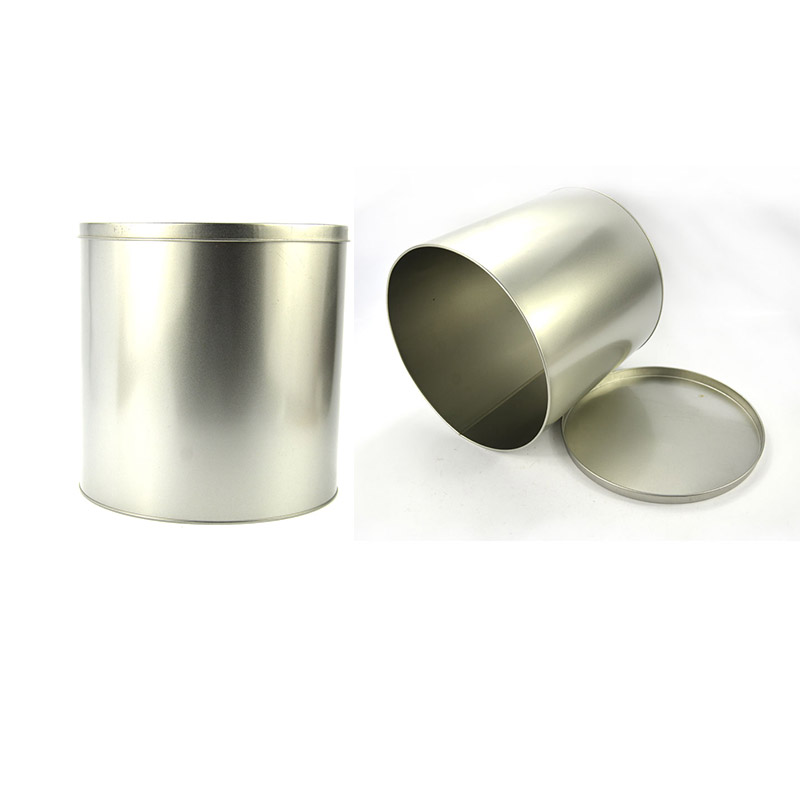
General metal cans are commonly used packaging containers for solid, powder and other products and other liquid products. Metal cans are classified according to the manufacturing method; there are mainly two types of three-piece cans and two-piece cans:
Three piece metal can
The application history of three-piece metal cans has been nearly 200 years. Although it has been improved many times, its basic composition is still made of three metal sheets (mostly tinplate) of the can body, bottom and lid, hence the name "three-piece can ". The shape, size and manufacturing method of the bottom and lid of the ordinary three-piece can are exactly the same, and they are collectively called the lid. There are two main sealing methods for the longitudinal seam of the can body: soldering and fusion welding. The former was used earlier, but due to the lead in the solder, it has been eliminated; the latter can avoid lead pollution, low energy consumption and low material consumption , But the production equipment is complicated.
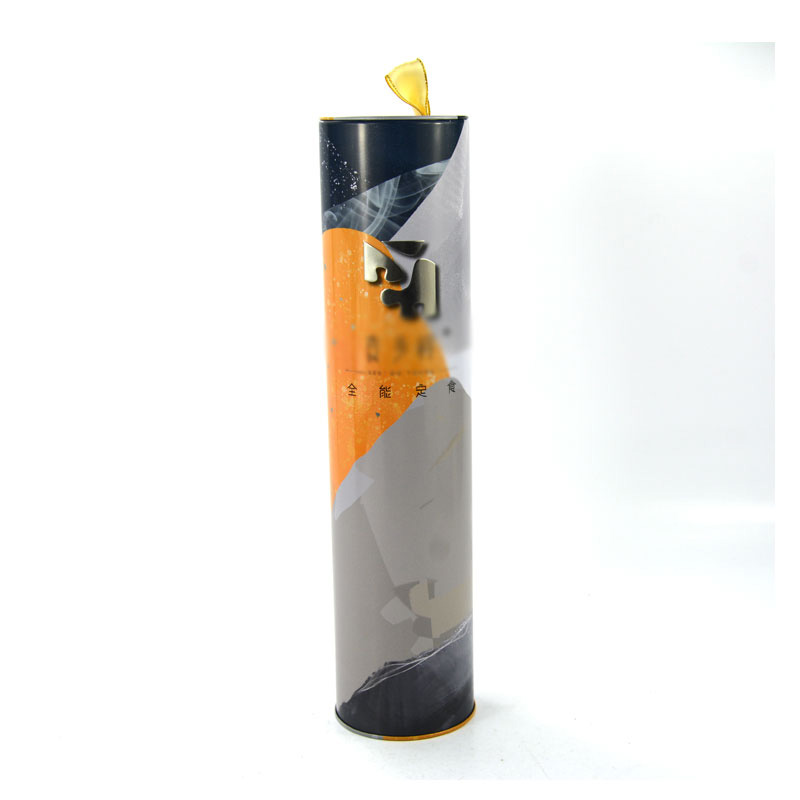
Two piece metal can
The two-piece metal cans came out in the middle of the 20th century. The whole packaging can is composed of two pieces, namely the can body and the can lid, so it is called a two-piece can. The metal can body of the two-piece can is made of a thin metal plate, which is stretched and deformed by a punch through a stretch forming die, so that the can bottom and can body are connected into one body. There are many types of can bodies for two-piece cans: according to the height of the can body, it is divided into shallow cans and deep-drawn cans; according to canning materials, divided into aluminum cans and iron cans; according to manufacturing technology, divided into thinning and stretching cans and deep cans. Chong pull cupping and so on. The body of the two-piece can is stretched and deformed during forming, and the wall thickness is thinner than that of the three-piece can. In addition, the can body of the two-piece can is integrally formed without the longitudinal seam of the can body and the seam with the can bottom, saving materials. However, two-piece cans have higher requirements for material performance, canning technology, canning equipment, etc., and there are fewer types of filling materials.
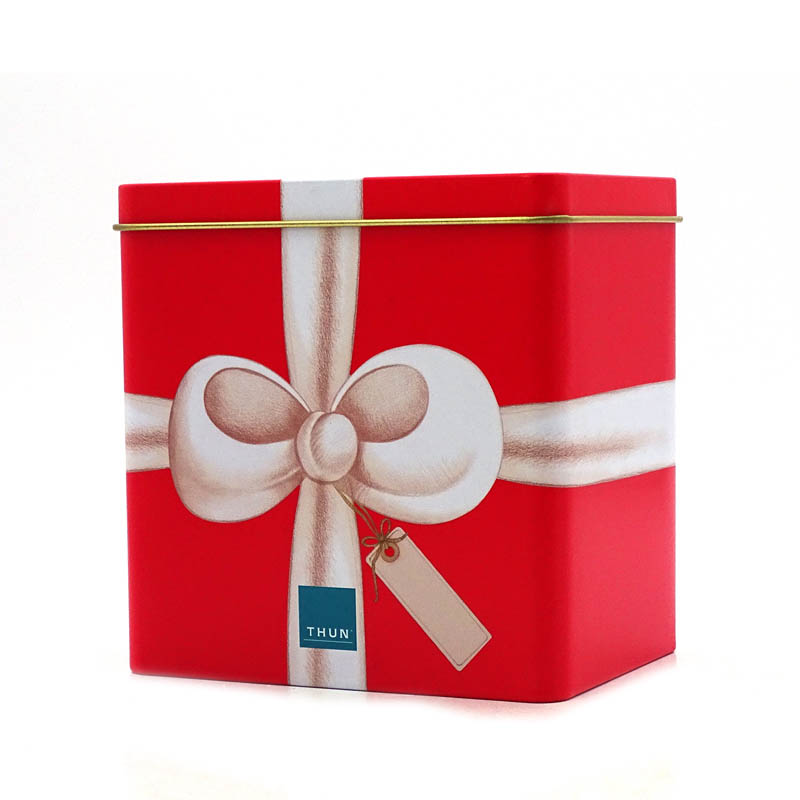
Metal can production process
1. Metal cans made of tinplate. It can be classified according to different standards: According to the shape: can be divided into round cans, rectangular cans, square cans, oval cans, heart-shaped cans, and special-shaped iron cans. According to structure: can be divided into two-piece cans and three-piece cans.
According to the purpose: tea cans, biscuit cans, medicine cans, candy cans, food cans, gift cans, candle cans, handle cans, piggy banks, iron buckets...
Because of its strong oxidation resistance, diverse styles and exquisite printing, tinplate metal cans and containers are popular among customers and are widely used in food packaging, pharmaceutical packaging, daily necessities packaging, instrument packaging, industrial product packaging, etc.
2. Each metal can is completed step by step from iron material-printing-cutting-stamping-assembly-packaging.
(1) Iron material for metal cans: Generally, after confirming the order, the most suitable iron material will be ordered according to the recent layout drawing, including the type, size and thickness of the iron material. The iron material printing process includes four-color (CMYK) printing and spot-color printing. The types of iron materials are: tin iron, silver iron, galvanized iron, chrome-plated iron, and substrate iron.
(2) Printing of metal cans: After the film and layout drawings are given to the printing house, the printing house prepares for printing in a row, and usually provides a template for the printing house to follow the color. In the printing process, pay attention to the printing color Whether to keep up with the model, whether the setting is accurate, whether there are stains, whether there are scars, etc. The printing houses generally responsible for these problems can control themselves. Of course, some companies will send someone to follow up.
(3) Metal can cutting: After printing the iron material and returning to the factory, you can cut and open the material according to the row cutting table. The attention on the cutting table is to see whether the operator is cutting according to the knife edge line and whether the length is consistent and uniform. Whether workers scratch each other when unloading, etc., the quality must be checked at the initial operating station. There will also be automated machines, and you need to cut according to the knife edge line at this time.
(4) The stamping process of metal cans: pressing the iron sheet into shape on the punching machine is the most important work of making cans. Usually, a can can be completed in many processes.
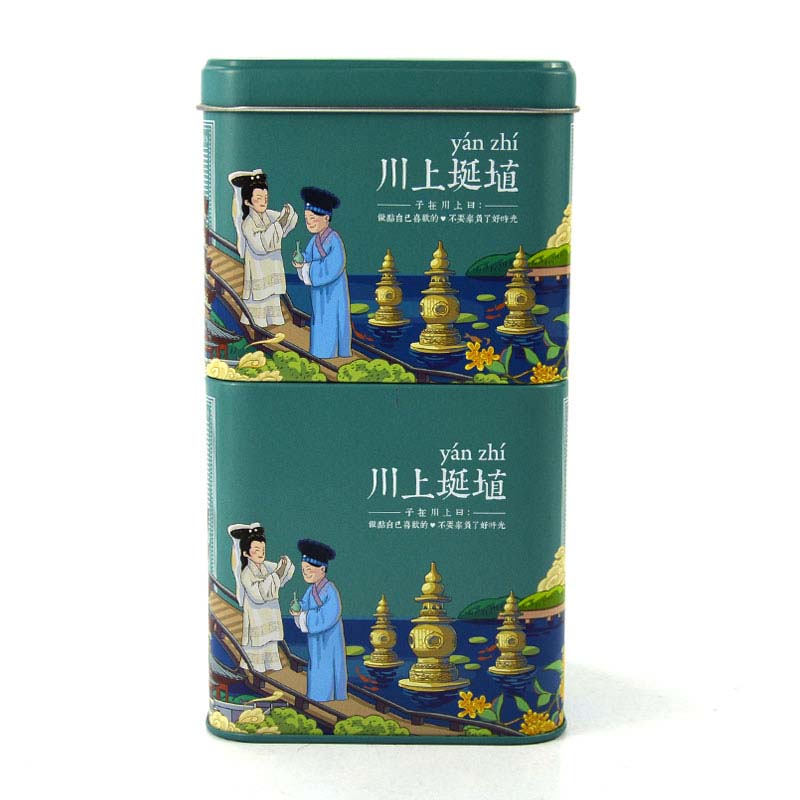
(5) Metal can packaging: After the production is completed and stamped, the packaging department is responsible for cleaning and assembling, putting in plastic bags and packing. This link is the finishing touch of the product. The cleanliness of the product is very important. Therefore, it is necessary to do a good job of cleaning before packaging, and then package according to the packaging method. Products with many styles must be placed in the style number. During the packaging process, attention should be paid to minimize the influx of defective products into the finished product, and the packing quantity must be accurate.
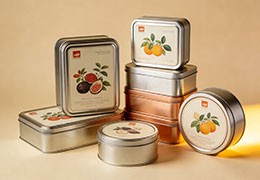

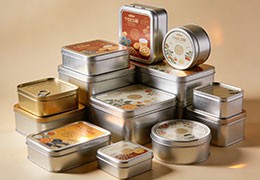
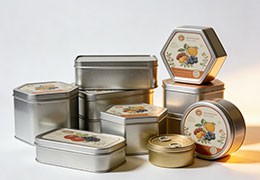

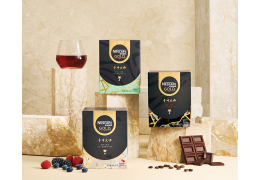
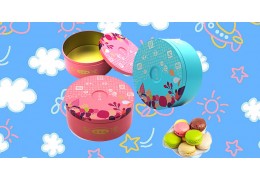
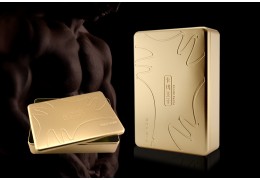

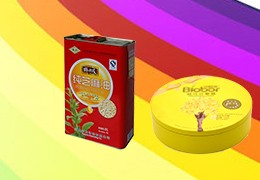

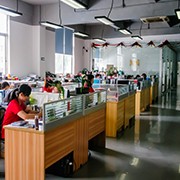

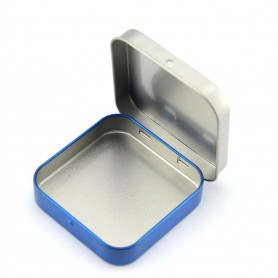


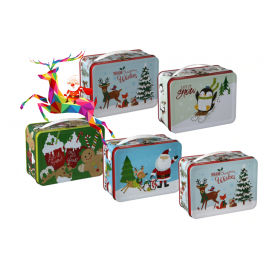

Latest comments